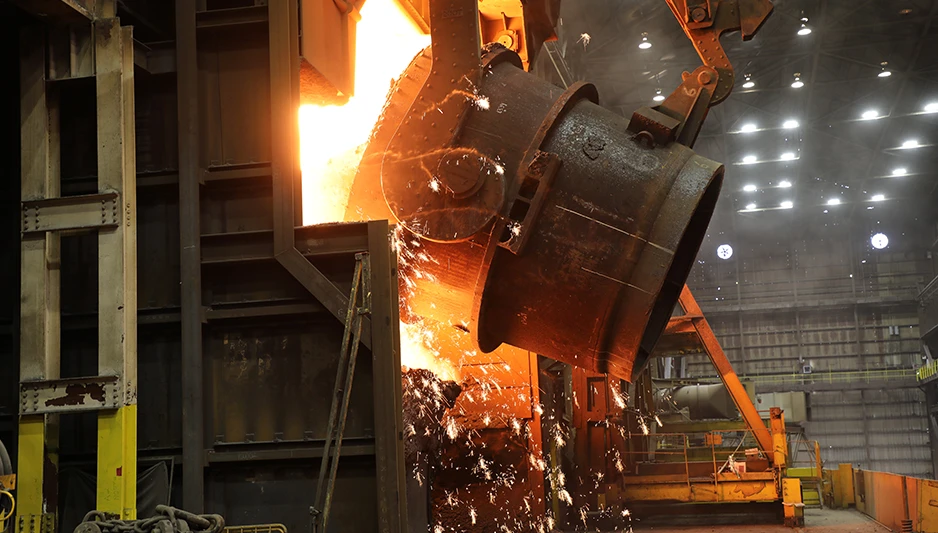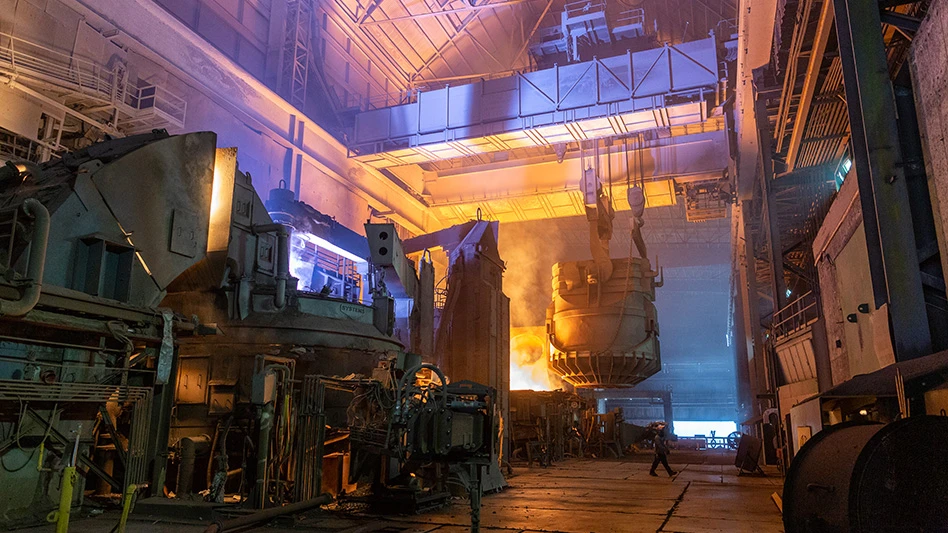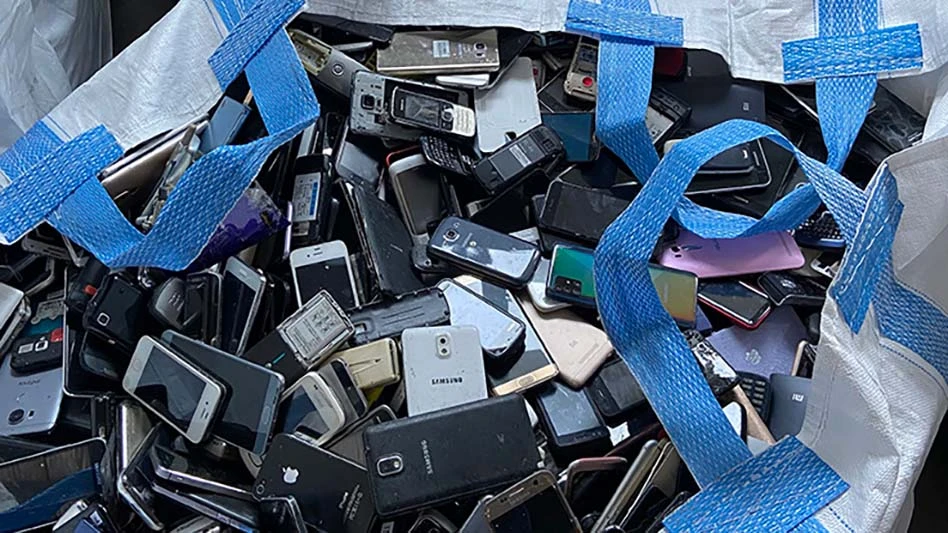India's Directorate General of Foreign Trade (DGFT) has released new rules involving the preshipment inspection and certification of scrap metal entering the country.
Public Notice No. 12/2015-20 revises rules for the preshipment Inspection Agencies (PSIA) and for issuing Preshipment Inspection Certificates (PSIC).
The adjustments follow concerns expressed by a number of recycling-related organizations, including the Institute of Scrap Recycling Industries (ISRI), the Bureau of International Recycling (BIR) and the Metal Recycling Association of India (MRAI).
In April 2015 the DGFT announced it was revising its preshipment inspection and certification requirements for imported metallic scrap, but the effective date of that revision was subsequently postponed.
The May 18, 2015, public notice gives the new rules for Preshipment Inspection Agencies (PSIA) to apply for recognition by an Inter-Ministerial Committee, a status that will need to be renewed every three years. The agencies will need to reapply to the DGFT by June 7, 2015.
The notice also includes details of the preshipment inspection certificate, including what will be authenticated with PSIA’s numbered hologram. The prescribed certificate has to be provided to DGFT with photographs or a video clip of the PSIA inspector at the place of inspection, of the testing instrument(s), of the stuffing of each container including the container number and of its sealing. Digital signatures also are being proposed.
A PSIA also can carry out inspections in countries where it does not have a full-time equipped branch office but will have to inform DGFT by email beforehand.
The notice includes in its Appendix-2H the format of the preshipment inspection certificate as issued in paragraph 2.54 of handbook of procedures for importing shredded, un-shredded, compressed and loose forms of metallic waste and scrap.
At the BIR International Trade Council meeting held May 19, 2015, as part of the BIR’s World Recycling Convention in Dubai, United Arab Emirates, delegates discussed the notice and recognized that most large shredders have the capability to affirm the quality and safety of their own shredded scrap so they could either be exempted from preshipment inspection certification or recognized at some point in the future for self-inspection.
The revised notice will take effect July 1, 2015. Current preshipment inspection certificates can be used until June 30, 2015.
Latest from Recycling Today
- In memoriam: Benny McGill
- Autocar releases Smart Battery Cable to advance refuse truck fire safety
- PLASTICS launches Positives of Plastics website
- Impact Air Systems launches compact ZAC400
- PCA to shut down paper machines at Washington containerboard mill
- BMRA provides landfill guidance for UK shredder operators
- Fornnax high-capacity tire recycling plant
- EU introduces measures to secure raw materials, strengthen economic security





